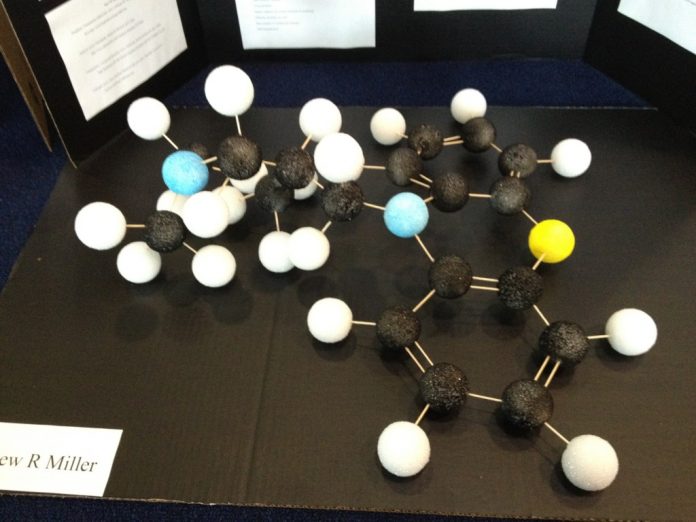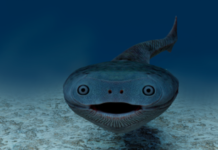On the morning of April 1, the sophomore class cautiously approached the Terry Center to drop off their molecule projects, hoping that they would not drop them or that the vicious gusts of wind would not separate the spray-painted Styrofoam atoms and the chipped wooden toothpicks from the rest of their projects. One by one, each sophomore entered the building and placed their project in various parts of the room, and nervously awaited their dreaded presentation in front of one of the chemistry teachers. While the Freshman focus on the Bug Project, and the Juniors the Rube Goldberg, sophomore year features the tradition of the Molecule project.

The array of molecules ranged from Atropine to Buckminsterfullerene, each with their own geometrically beautiful shape. Some contained every color on the rainbow. Some contained only one color. Some were colossal and towered over the watching bystanders. Some were miniscule. Even though each project was different in its own way, each project was a result of hard work which started at the beginning of the school year.
A few months into the new year, the sophomores learned about fascinating topics such as chemical bonds and atoms in chemistry class which would give them the knowledge to create a model of the molecule that they would pick later in the school year. Though the sophomores had been equipped with the proper knowledge needed, the difficult work had yet to come.
Around October, students began to pick their molecules without having any substantial knowledge about each compound. Most students chose based on the name, hoping that the smaller the name of the compound, the smaller the size of the compound.
The first part of the project was to list specific characteristics of the molecule which included such things as the various elements composed within the molecule, the electronegativity, the electron configuration, valence electrons, and the metallic character.
The second part of the project was to find the mass of the molecule given per one mole, a specific amount of substance, and to find the percent each element takes up by mass of the molecule.
For the third part of the project, students created a digital model of their molecule using a program called Marvin Sketch. Some students found this

very challenging and frustrating as it required one to be able to construct their model on the program, while also conceptually understanding its structure. “Constructing your molecule was very difficult. It was hard to perceive a 3D model of my molecule and transform it into a 2D version. All in all, it was a very annoying process” stated Patrick Joseph ’15.
The fourth part of the project was to find the molecular geometry within each of the bond angles in the molecule. After this was completed, students went on to write a summary about their molecule which included things such as the history of the molecule, the molecular structure, the solubility, the general use, and the public’s basic knowledge of it.
After completing the first four parts during winter break and finishing their summary during the spring, students then proceeded to the final part of the project: the 3D construction model of the molecule.
Students rushed to stores to obtain all their necessary materials to make the model. Often, the stores were sold out because of the huge number of Styrofoam balls students needed. “At first I went to one store and it did not have enough Styrofoam balls which would help me complete my project” explained Edward Talatala ’15. “Eventually, I ended up going to another store not too far by and was able to buy the remaining materials.”
After spending countless hours on their projects, gluing, sticking, painting, breaking their projects on accident and watching them collapse in front of their eyes, the sophomores completed their projects with pride and a sense of accomplishment. “I felt relieved to finally have the monkey off my back” exclaimed Bill Newman ’15. “All that hard work really paid off.” “I was very proud to see all the hard work that everyone put into the project” said Ms. Stefanie Page, a chemistry teacher, who was one of the judges of the molecule projects. “Hopefully, the learning process was there in its forms of seeing how the process worked from the very beginning, to seeing the students build up on their chemistry until final presentations. It was a very good feeling to see the students acting professional and knowing their molecules and learning from it.”
In all, the molecule project was a perfect example of all the hard work and effort encompassed by the sophomore class. It even showed the importance of each individual molecule and they all have a specific role in functioning in our daily lives. The molecule project gives us a bigger picture of how molecules act as life’s building blocks, which are present within the universe, but more specifically, in this case, present everywhere within the Terry Center.






